Table of content
Making amber-glazed walnuts, or as they are affectionately known in some culinary circles, “jinghua hetao” (crystallized walnuts), is an art form that blends the sweet and savory flavors of traditional Chinese confectionery with the rich, nutty taste of walnuts. This treat is not only visually stunning, with its shimmering amber hue and glossy finish, but it also offers a delightful crunch and a burst of flavor in every bite. Whether you’re a seasoned chef looking to add a unique dish to your repertoire or a home cook eager to impress your family and friends, mastering the craft of amber-glazed walnuts is a rewarding endeavor. In this comprehensive guide, we’ll walk you through the entire process, from selecting the perfect walnuts to achieving that perfect amber glow.
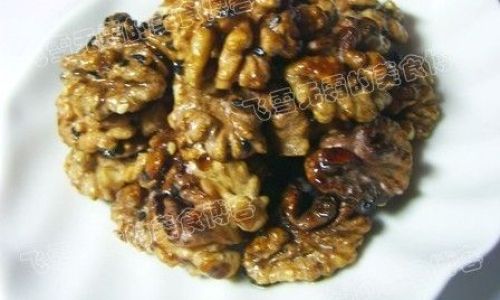
Understanding the Ingredients
Before diving into the recipe, it’s crucial to understand the role each ingredient plays in creating amber-glazed walnuts. The primary ingredients are, of course, walnuts, but the magic lies in the combination of sugar, water, and a touch of oil or butter. Here’s a breakdown:

- Walnuts: Choose fresh, unsalted walnuts for the best flavor. Ideally, they should be whole or halved to ensure even coating and cooking.
- Sugar: Granulated white sugar is traditional, but you can also use brown sugar for a deeper caramel flavor. The sugar will caramelize, forming the amber glaze that coats the walnuts.
- Water: This is used to create a syrup with the sugar, which helps control the caramelization process.
- Oil or Butter: A small amount of vegetable oil, peanut oil, or unsalted butter can be added to the syrup to prevent it from crystallizing and to give the final coating a glossy finish.
- Optional Flavorings: A pinch of salt can enhance the sweetness, while a hint of vanilla extract or a sprinkle of cinnamon can add complexity to the flavor profile.
Equipment You’ll Need
- Saucepan: A heavy-bottomed saucepan is essential for even heat distribution and to prevent scorching.
- Wooden Spoon or Silicone Spatula: These tools are heat-resistant and won’t scratch the saucepan’s surface.
- Baking Sheet: Line it with parchment paper to prevent sticking and make cleanup easier.
- Silicone Mat or Cooling Rack: Optional but useful for cooling the walnuts and preventing them from clustering together.
- Tongs or Fork: For safely removing the walnuts from the syrup and spreading them out on the baking sheet.
- Thermometer (optional): A candy thermometer can help you achieve the perfect caramelization temperature.
Step-by-Step Recipe
Step 1: Prepare the Walnuts
- Preheat the Oven: Preheat your oven to 325°F (165°C). This will be used later to toast the walnuts lightly and dry out any excess moisture.
- Toast the Walnuts: Spread the walnuts in a single layer on a baking sheet and toast them in the preheated oven for about 5-7 minutes, or until they are fragrant and slightly darker in color. Remove them from the oven and let them cool slightly.
Step 2: Make the Syrup
- Combine Sugar and Water: In a heavy-bottomed saucepan, combine the sugar and water in a 2:1 ratio (e.g., 1 cup of sugar to 1/2 cup of water). Stir gently until the sugar is fully dissolved.
- Heat the Syrup: Place the saucepan over medium-high heat. Do not stir the syrup once it starts to boil; instead, swirl the pan gently if needed to ensure even heating.
- Add Oil or Butter (Optional): Once the syrup reaches a rolling boil, carefully add a small amount of oil or butter. This will help smooth out the syrup and prevent crystallization.
- Monitor the Temperature: If using a candy thermometer, cook the syrup until it reaches the “soft ball stage,” which is around 235-240°F (113-116°C). Without a thermometer, you can test the syrup by dropping a small amount into cold water. If it forms a soft, flexible ball that can be flattened between your fingers, it’s ready.
Step 3: Caramelize the Walnuts
- Add the Walnuts: Carefully add the toasted walnuts to the hot syrup, stirring quickly to coat them evenly. Be cautious as the syrup will be very hot.
- Cook Until Coated: Cook the walnuts in the syrup for about 2-3 minutes, stirring constantly to prevent burning. The syrup will begin to thicken and coat the walnuts evenly.
Step 4: Finish and Cool
- Remove from Heat: Once the walnuts are evenly coated and the syrup has reached a deep amber color, quickly remove the saucepan from the heat.
- Spread on Baking Sheet: Using tongs or a fork, quickly transfer the coated walnuts to the prepared baking sheet, spreading them out in a single layer to prevent clustering.
- Separate the Walnuts (Optional): While the syrup is still hot and tacky, use two forks to gently separate any walnuts that have stuck together.
- Cool Completely: Allow the walnuts to cool completely at room temperature. As they cool, the syrup will harden into a glossy amber glaze.
Tips for Perfect Amber-Glazed Walnuts
- Temperature Control: The key to successful caramelization is precise temperature control. Too low, and the syrup will remain too runny; too high, and it will burn. If you’re unsure, err on the side of caution and remove the syrup from the heat slightly earlier than you think. The residual heat will continue to cook the syrup slightly.
- Even Coating: To ensure an even coating, make sure the walnuts are dry before adding them to the syrup. Excess moisture can cause the syrup to seize up and become grainy.
- Cooling: Proper cooling is crucial for achieving that perfect, glossy amber finish. Avoid touching the walnuts until they have cooled completely, as the syrup will be very hot and sticky.
- Storage: Store amber-glazed walnuts in an airtight container at room temperature in a cool, dry place. They can last for several weeks but are best enjoyed within a week for maximum freshness and crunch.
Adding a Twist: Flavor Variations
While classic amber-glazed walnuts are delicious on their own, there are endless possibilities for flavor variations. Here are a few ideas to inspire you:

- Spicy Kick: Add a pinch of cayenne pepper or red pepper flakes to the syrup for a spicy twist.
- Citrus Zest: Incorporate the zest of an orange, lemon, or lime into the syrup for a refreshing citrus flavor.
- Herbal Notes: Infuse the syrup with a few sprigs of rosemary, thyme, or lavender for a sophisticated herbal twist.
- Chocolate Coating: After the walnuts have cooled and set, drizzle them with melted chocolate for a decadent treat.
Conclusion
Making amber-glazed walnuts may seem like a daunting task at first, but with the right ingredients, equipment, and techniques, you can achieve professional-quality results at home. This sweet and crunchy treat is not only a delightful snack but also a beautiful addition to holiday gift baskets or as a garnish for desserts. Whether you stick to the classic recipe or experiment with flavor variations, the process of creating amber-glazed walnuts is as rewarding as the final product. So, gather your ingredients, preheat your oven, and embark on this culinary journey to create your own amber treasures. Enjoy the sweet aroma and the satisfaction of mastering this timeless culinary art!
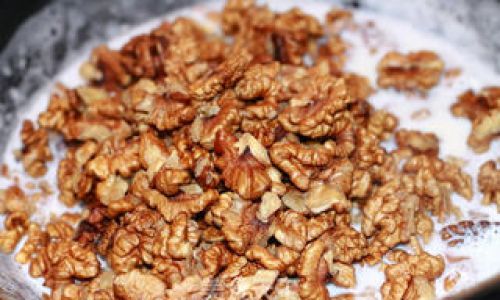
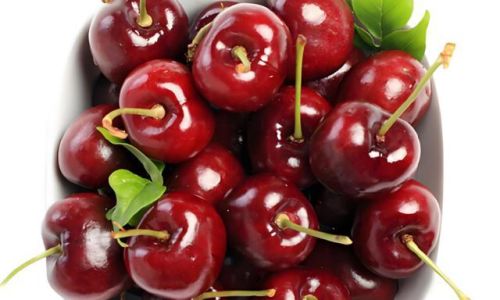
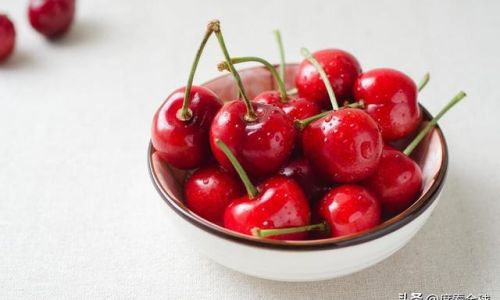
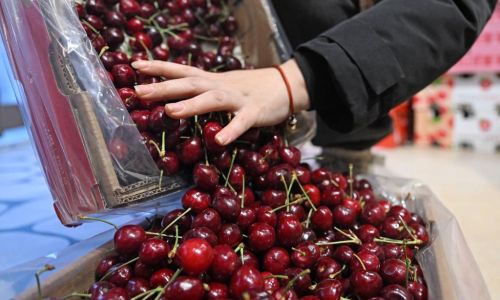
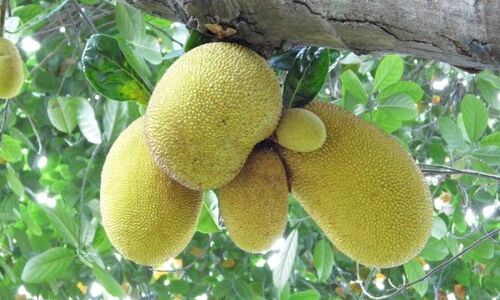
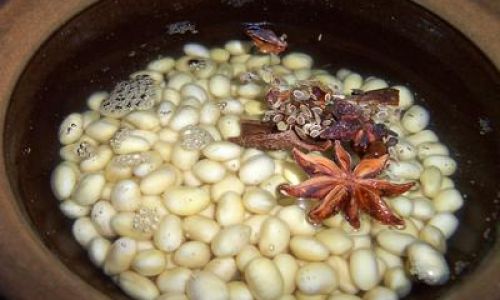
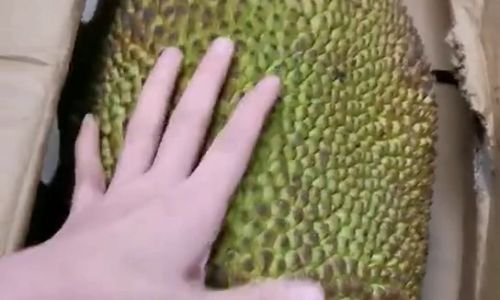
0 comments